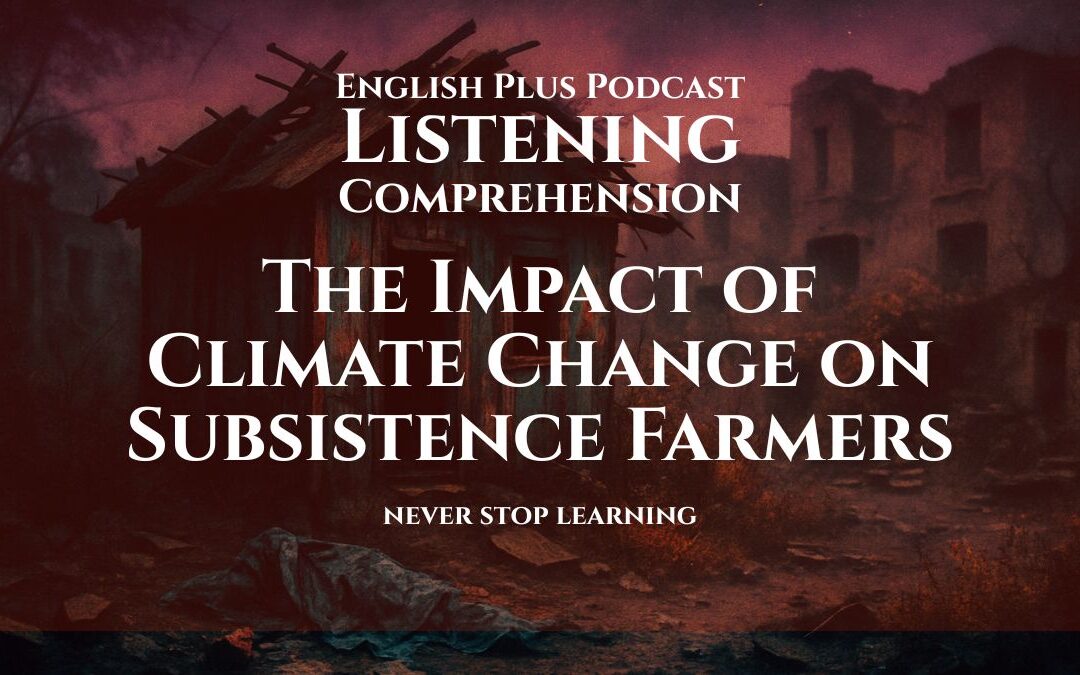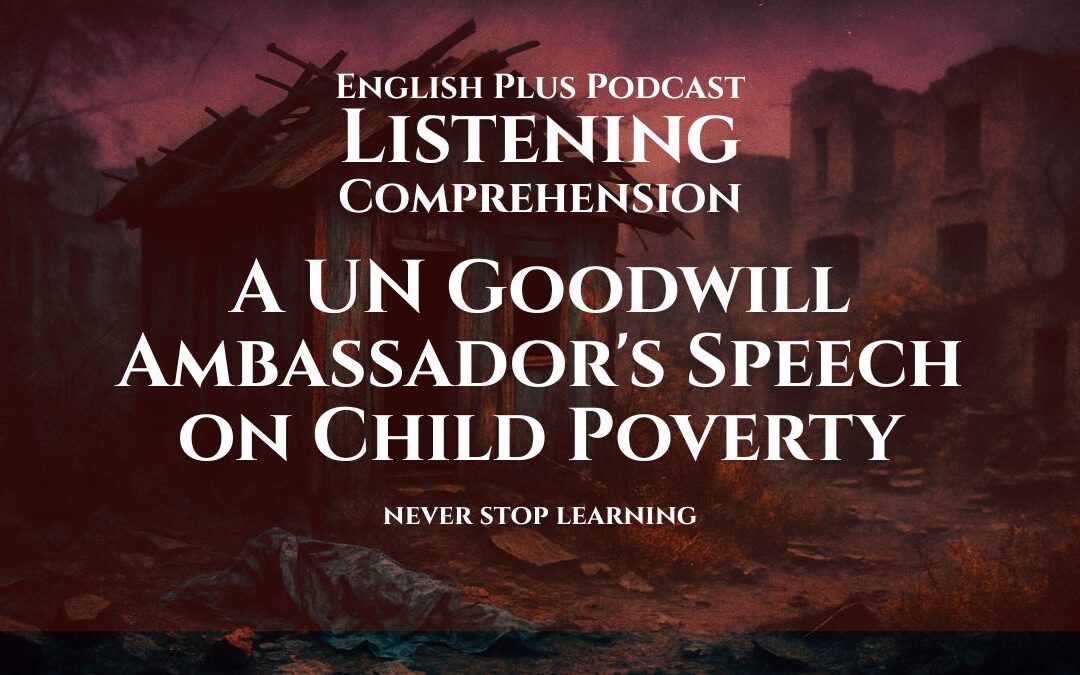The Classroom Tightrope: Education Policy vs. Teacher Autonomy – Finding the Sweet Spot
Imagine a classroom as a vibrant ecosystem, where a skilled teacher is the guide, fostering curiosity, creativity, and critical thinking in their students. However, this ecosystem is often influenced by external forces, namely education policies that can either nurture or stifle this delicate environment.
Education policy reforms, often driven by well-intentioned goals like improving student achievement and accountability, can sometimes feel like a tightrope walk for teachers. On one hand, standardized policies aim to create consistency and measurable outcomes. On the other hand, teacher autonomy – the freedom to innovate, adapt, and personalize instruction – is essential for creating engaging and effective learning experiences.
So, how do we strike the right balance? How can we ensure that education policy reforms empower teachers rather than constrain them?
The Power of Teacher Autonomy
Think of your favorite teacher – the one who inspired you, challenged you, and made learning exciting. Chances are, they weren’t simply following a rigid script. They had the autonomy to design lessons, activities, and assessments that resonated with their students’ unique needs and interests.
Research shows that teacher autonomy is linked to:
- Increased job satisfaction and retention: Teachers who feel empowered and trusted are more likely to stay in the profession.
- Improved student outcomes: Studies have found a positive correlation between teacher autonomy and student achievement, particularly in critical thinking and problem-solving skills.
- Innovation in teaching methods: When teachers have the freedom to experiment and try new approaches, they’re more likely to discover innovative ways to engage their students.
The Role of Education Policy
While teacher autonomy is crucial, education policies also play a vital role in ensuring equitable access to quality education for all students. Policies can set standards, provide resources, and create accountability measures to ensure that every child receives a solid foundation for success.
The challenge lies in crafting policies that support teacher autonomy rather than undermine it. Policies that focus on punitive measures, such as high-stakes standardized testing, can stifle creativity and lead to “teaching to the test.” Instead, policies should emphasize:
- Professional development: Providing teachers with ongoing training and support to enhance their skills and knowledge.
- Collaboration: Encouraging collaboration among teachers and schools to share best practices and learn from each other.
- Flexibility: Allowing teachers to adapt curriculum and instruction to meet the diverse needs of their students.
Real-World Examples
Finland, consistently ranked among the top education systems in the world, is a prime example of how to strike this balance. Finnish teachers enjoy a high degree of autonomy, with extensive training and trust in their expertise. The curriculum provides a framework, but teachers have the flexibility to personalize instruction and assessments.
In contrast, the United States has seen a push towards standardized testing and scripted curricula in recent years. This has led to increased teacher burnout and dissatisfaction, with many educators feeling their autonomy is being eroded.
Your Call to Action
You have a voice in shaping education policy. Here’s how you can make a difference:
- Get Informed: Learn about education policies in your community and state.
- Speak Up: Contact your elected officials and share your views on education reform.
- Support Teachers: Advocate for policies that empower teachers and provide them with the resources they need to succeed.
- Engage in the Conversation: Participate in discussions about education policy in your community and online.
By working together, we can create an education system that values both teacher autonomy and accountability, leading to better outcomes for all students.
Why Should You Care?
Understanding the balance between education policy and teacher autonomy is crucial because:
- Impact on Students: The policies that govern education directly influence what and how students learn. Understanding these policies helps you advocate for your child’s education and ensure they receive the best possible learning experience.
- Teacher Well-being: Teacher autonomy significantly impacts job satisfaction and retention. Supporting policies that empower teachers can help attract and retain high-quality educators.
- Educational Innovation: A balance between standardization and autonomy fosters an environment where teachers can experiment and develop innovative teaching methods that benefit students.
- Civic Engagement: Education policy is a public issue. Being informed allows you to participate in discussions, vote for candidates who align with your views, and advocate for changes you believe will improve education.
Key Takeaways
- Balance is Key: Both education policy and teacher autonomy are essential for a thriving education system. The challenge is finding the right balance between them.
- Teacher Autonomy Drives Success: When teachers have the freedom to adapt and innovate, it leads to increased job satisfaction, improved student outcomes, and more creative teaching methods.
- Policy’s Role in Equity: Education policies can help ensure all students have access to quality education, but they should be designed to support rather than restrict teachers.
- Global Lessons: Examining examples like Finland and the U.S. highlights the different impacts of varying policy approaches on teacher autonomy and student outcomes.
Keywords & Definitions
- Education Policy: The set of laws, regulations, and guidelines that govern the operation of education systems.
- Teacher Autonomy: The professional freedom of teachers to make decisions about curriculum, instruction, and assessment.
- Standardized Testing: A type of assessment that uses the same test for all students in a particular grade or subject area to measure their performance against a common standard.
- Accountability: The idea that schools and teachers should be held responsible for student learning and achievement.
- Professional Development: The ongoing training and support that teachers receive to improve their knowledge, skills, and practice.
- Curriculum: The planned sequence of instruction and learning experiences that students engage in over a particular period of time.
- Instruction: The methods and approaches that teachers use to deliver curriculum content and facilitate student learning.
- Assessment: The process of gathering information about student learning to inform instruction and evaluate student progress.
- Educational Reform: Changes made to education systems to improve student outcomes and address systemic challenges.
- Innovative Teaching: Teaching methods that incorporate new technologies, strategies, and approaches to engage students and enhance learning.
Frequently Asked Questions
- How does education policy impact classroom instruction? Policies like curriculum standards, testing requirements, and teacher evaluation systems directly influence what teachers teach and how they teach it.
- What are the potential downsides of too much teacher autonomy? While autonomy is generally beneficial, too much freedom can lead to inconsistencies in instruction across classrooms and schools, potentially widening achievement gaps.
- Are there any specific policy recommendations for promoting teacher autonomy? Yes, some recommendations include reducing the emphasis on standardized testing, providing more opportunities for teacher input in policy decisions, and investing in high-quality professional development.
Myth Buster
- Myth: More standardized policies automatically lead to better student outcomes.
- Reality: Research suggests that a balance between standardized policies and teacher autonomy is more effective. Excessive standardization can stifle creativity and lead to “teaching to the test,” while too much autonomy can lead to inconsistency and inequity.
Let’s Talk
- What are some specific examples of education policies in your community or country that you believe promote or hinder teacher autonomy?
- How can we ensure that education policy reforms are informed by the perspectives and experiences of teachers?
- What are some innovative teaching methods that you’ve seen or used that wouldn’t be possible under a highly standardized system?
Share your thoughts and join the conversation below. Let’s work together to advocate for policies that empower teachers and foster a vibrant, innovative educational environment for all students.











0 Comments